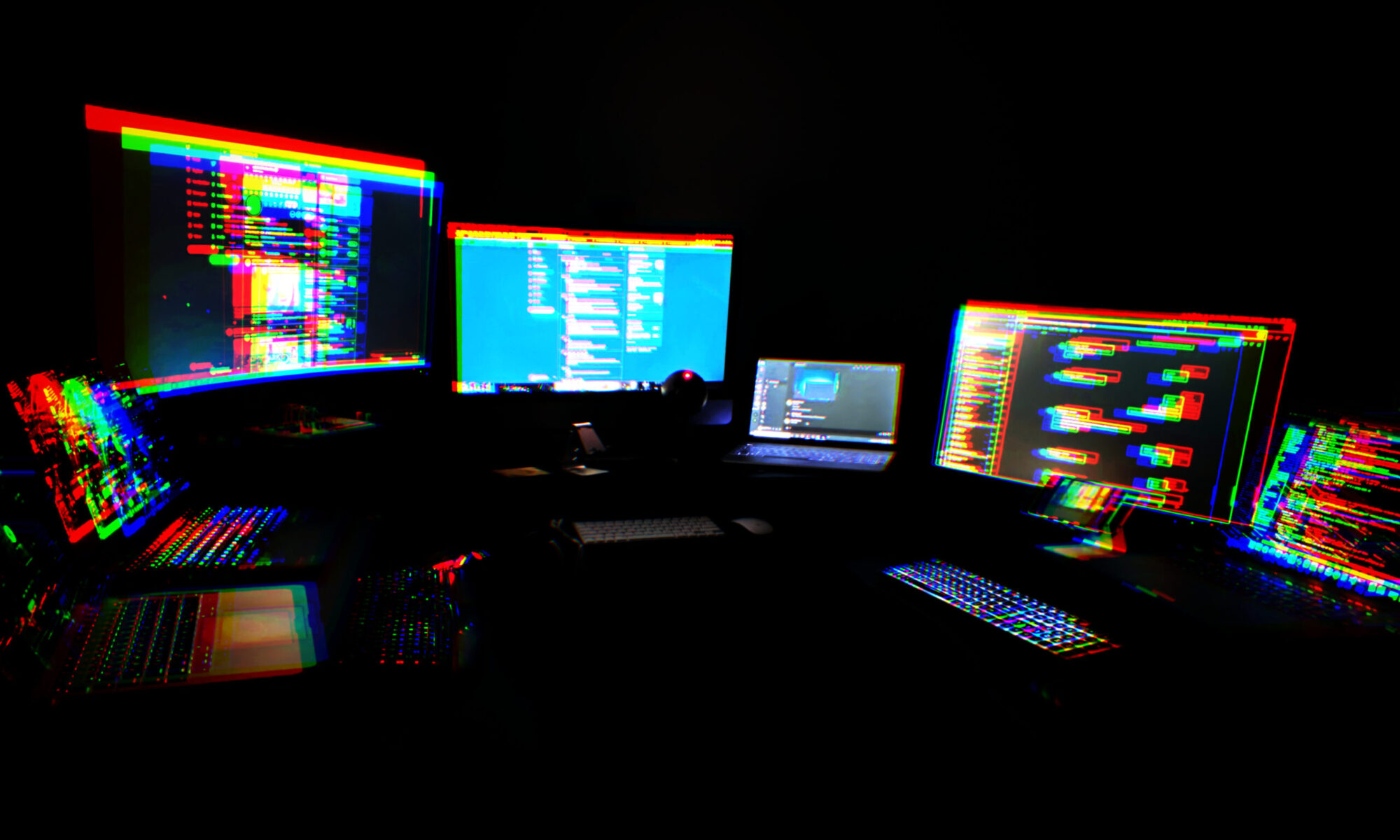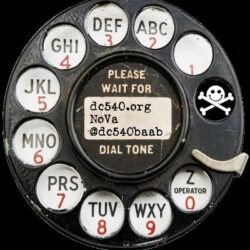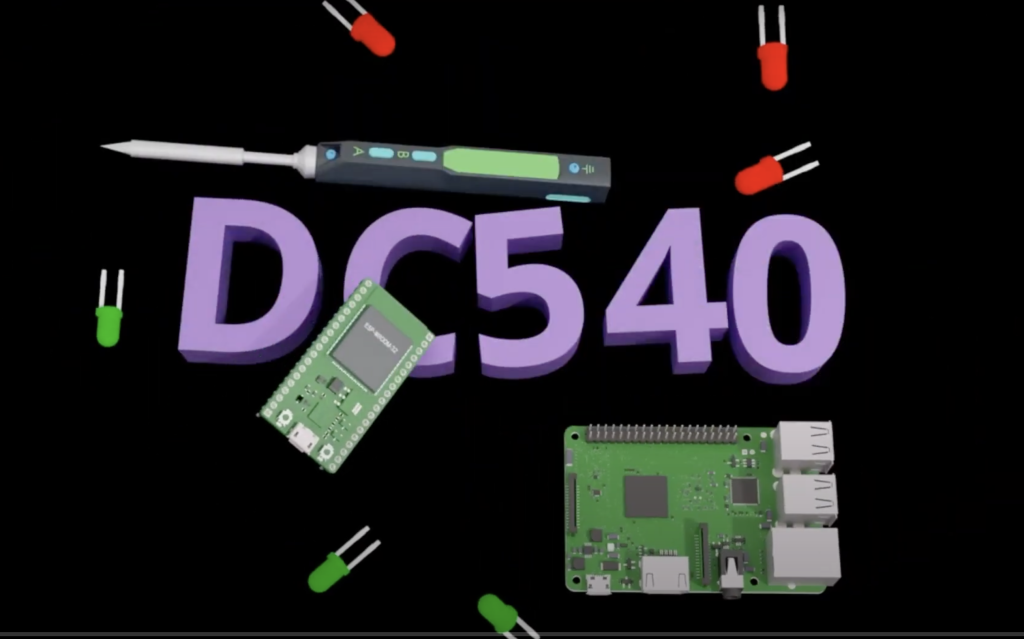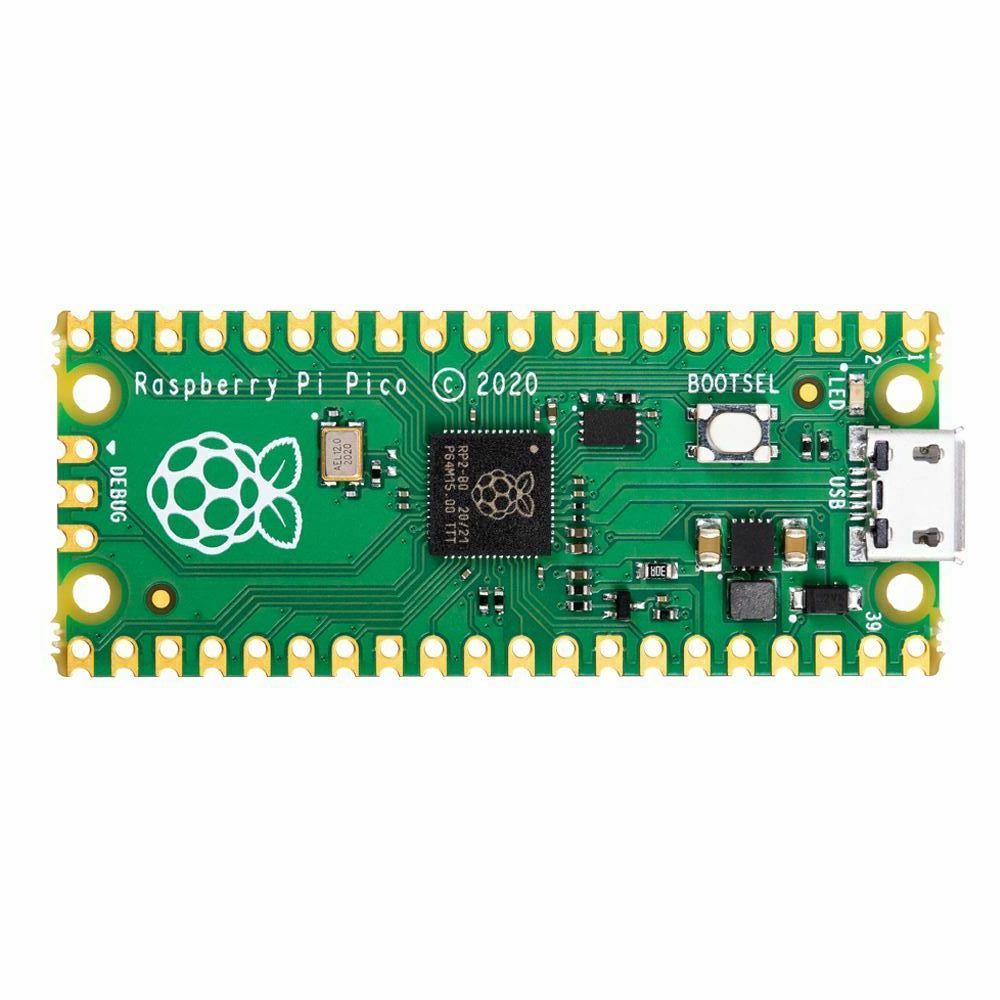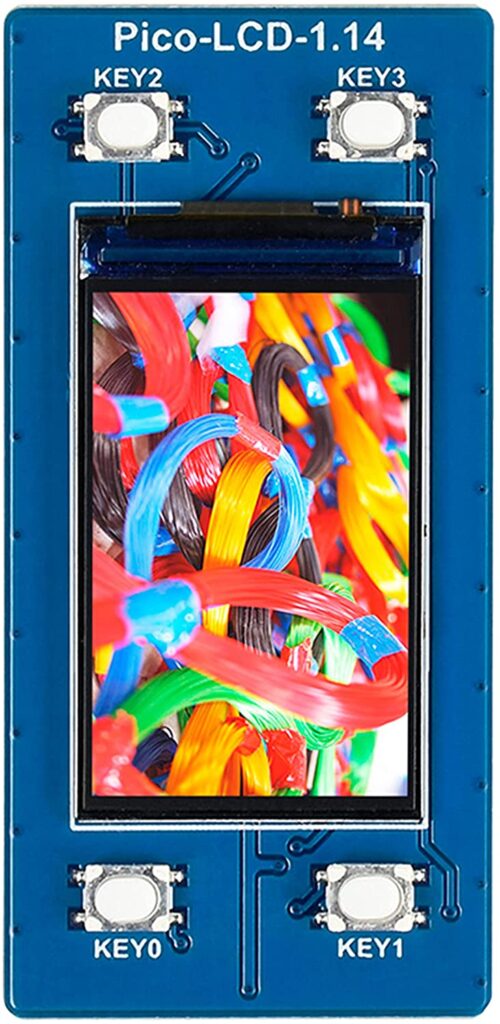Sure, it was haphazard. We shat out a badge announcement tonight. You wanna know why? Because Kevin and Txnner put together such a beautiful intro/promo demo that it just begged for public consumption.
Yes. DC540 has a badge this year. This is the badge that was supposed to happen last year, but us ADHD misfits with demanding day jobs couldn’t get our shit together to complete it in time to release last year. And when we realized that, we relaxed. We were like, “Fuck it, we’ve got time to do it right. Let’s do it right.”
And I, for one, think we did.
So the badge is once again based on the RP2040. But this time, we didn’t use a prefab Pico devboard as a base. We went all out and did all the things we needed to rawdog the RP2040. We have EEPROM. We have flash. We have USB-C. We have Li-Po. We 3D-printed battery covers to protect the Li-Po. We painted and laser engraved and cut acrylic wings, and used sidelights to light them up. It’s fucking glorious. It’s eloquent. I think it’s the most beautiful badge we’ve done yet.
But it’s not just me. Kevin is ejaculating in his pants as well. This is a beautiful fucking badge.
But we didn’t stop there…
We have seven badge challenges this year. And NONE of them will be released before DefCon 32 Day 1. The winners of the challenges will receive beautiful laser-crafted physical trophy awards to commemorate their diligence and commitment to NoVa’s #2 death cult. Something so glorious and displayworthy that we’re not even going to preview it here. The first THREE winners to complete all seven challenges at DC32 in-person will receive a trophy. The first VIRTUAL winner who can’t make it to DC32 will also receive a trophy.
We’ll do presales. We have assembled badges in-hand. We have lanyards. We have packaging. The only thing we don’t have yet is the documentation booklet. And we’re working on that. We’re going to do a limited presale, maybe 25 badges, maybe more, way before DefCon. Those presale badges will not have the final firmware, they’ll have some lovely demos and things you can play with, but they won’t have the badge challenge. Those who pick up our badge at DefCon will have a fully functional badge with the badge challenge loaded.
Those who preorder will have to make do with demos, features and maybe customizing it with your own software while you wait for DefCon Day 1. We’ll publish the pinouts and starter hints in the documentation booklet. On DefCon Day 1, we’ll release the final badge challenge firmware, it’ll be easy to reflash your badge with it.
Let’s be clear. We don’t WANT to do a presale. But we’re pretty heavily out of pocket for creating this year’s badge, and we need to recoup costs, hopefully before we get out to vegas. Not all of us make the big tech bro dollars. But we’re doing it. And we’re almost 100% ready.
You ready for the preview now? Here goes. Make sure you’re in a private place, because regardless of gender or personal junk, this badge might just give you some sort of boner. I present, the DC540 DC32 2024 Chakra Badge.
